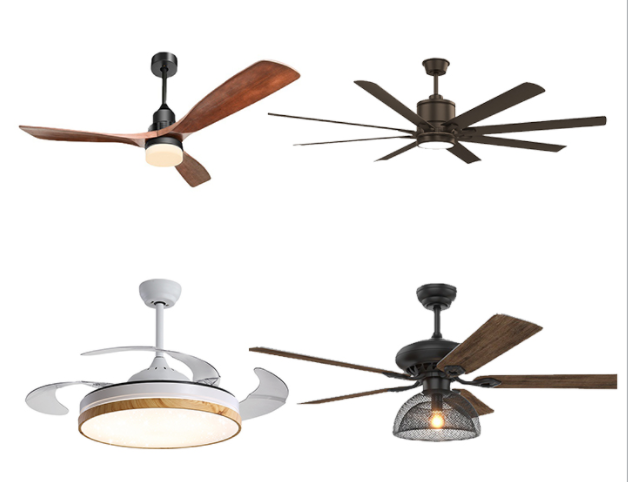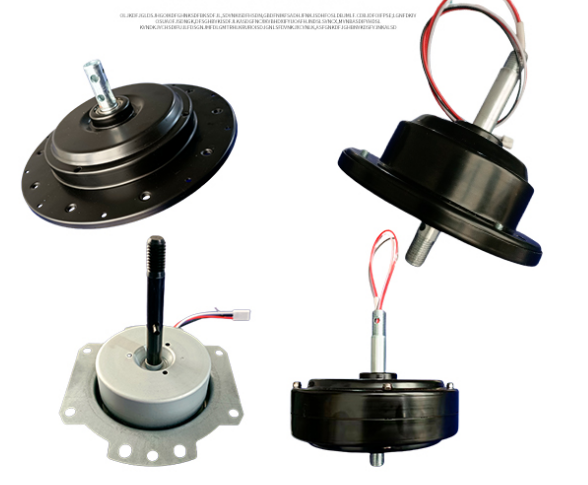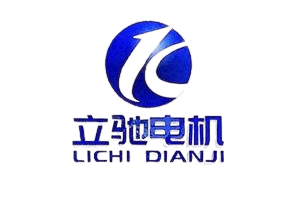Topology and Functionality
The core function of a single-phase to three-phase VFD converter system is to synthesize a balanced three-phase AC waveform from a single-phase input. This is typically achieved using power electronic switches, such as Insulated Gate Bipolar Transistors (IGBTs) or MOSFETs, arranged in a specific configuration. Several topologies exist, each with its own strengths and weaknesses. Common topologies include matrix converters, cycloconverters, and cascaded H-bridge converters. Matrix converters directly transform the single-phase AC input to three-phase AC output without intermediate DC storage, offering high efficiency. However, they are complex in design and control. Cycloconverters use thyristors to directly convert the frequency, but they suffer from lower efficiency and harmonic distortion. Cascaded H-bridge converters offer a good balance between complexity, efficiency, and controllability, often preferred in many applications.

The switching patterns of these power electronic components are carefully controlled using Pulse Width Modulation (PWM) techniques. PWM allows for the precise shaping of the output waveforms, minimizing harmonics and improving the quality of the synthesized three-phase power. Advanced control algorithms, such as space vector modulation (SVM), are often employed to optimize the switching strategy, further enhancing efficiency and minimizing losses. The selection of the appropriate topology and PWM technique depends on factors such as the required power rating, harmonic distortion limits, and cost constraints.
Efficiency Considerations
Efficiency is a paramount concern in the design and selection of single-phase to three-phase VFD converter systems. Losses in these systems arise from various sources, including switching losses in the power electronic devices, conduction losses in the switches and passive components, and core losses in transformers (if used). Minimizing these losses is critical for maximizing overall system efficiency and reducing energy consumption. Careful selection of power electronic components with low on-state resistance and fast switching speeds is crucial.

Optimized control strategies, as mentioned earlier, play a significant role in efficiency improvement. Advanced PWM techniques, such as SVM, can significantly reduce switching losses and harmonic distortion, leading to higher efficiency. Furthermore, passive components, such as inductors and capacitors, should be carefully selected to minimize their losses. Proper thermal management is also essential to prevent excessive temperature rise and potential component failure, which can further impact efficiency.
The use of high-frequency switching further enhances efficiency by reducing the size of passive components and minimizing conduction losses. However, higher switching frequencies can also lead to increased switching losses, so an optimal balance needs to be carefully determined. Techniques such as soft-switching can mitigate some of these high-frequency switching losses.
Input Power Factor Correction (PFC)
Single-phase power sources often exhibit poor power factor, leading to increased current draw and potentially harming the power grid. To address this issue, many single-phase to three-phase VFD systems incorporate Power Factor Correction (PFC) circuits. PFC circuits help to draw current in phase with the voltage, thus improving the power factor and reducing harmonic distortion on the input side. This is crucial for complying with grid regulations and reducing energy waste.
Active PFC techniques, often employing boost converters, are commonly used to achieve high power factor correction. These converters continuously adjust their switching patterns to maintain a near-unity power factor, independent of the load conditions. Passive PFC techniques, while simpler and less costly, typically offer lower correction capabilities.
Applications and Future Trends
Efficient single-phase to three-phase VFD converter systems find widespread applications in various sectors. They are used in variable-speed motor drives for industrial machinery, HVAC systems, renewable energy integration (e.g., connecting single-phase solar inverters to three-phase motors), and small-scale industrial automation. The versatility and efficiency of these systems make them attractive solutions in numerous applications where three-phase power is required but only single-phase power is readily available.
Future trends in this field include the development of more compact, higher-efficiency, and more cost-effective converter systems. Advanced control algorithms, novel power electronic devices (such as wide-bandgap semiconductors like SiC and GaN), and improved thermal management techniques will further enhance the performance and reliability of these systems. The integration of smart grid functionalities and improved fault tolerance capabilities are also important aspects of ongoing research and development.
In conclusion, efficient single-phase to three-phase VFD converter systems play a critical role in bridging the gap between readily available single-phase power and the demands of three-phase motors in diverse applications. Understanding their topologies, efficiency considerations, and control strategies is crucial for engineers and technicians involved in their design, implementation, and maintenance. Ongoing advancements in power electronics and control algorithms are constantly pushing the boundaries of efficiency, size, and cost-effectiveness, making these systems increasingly vital for energy-efficient and sustainable solutions.
Fan lamp motor, ceiling fan motor, DC BLDC motor, different shapes, suitable for different fan blade installation.

